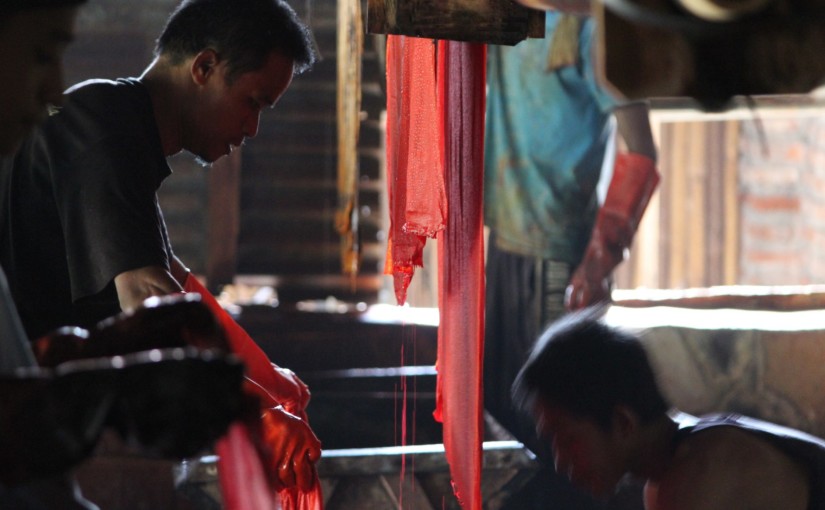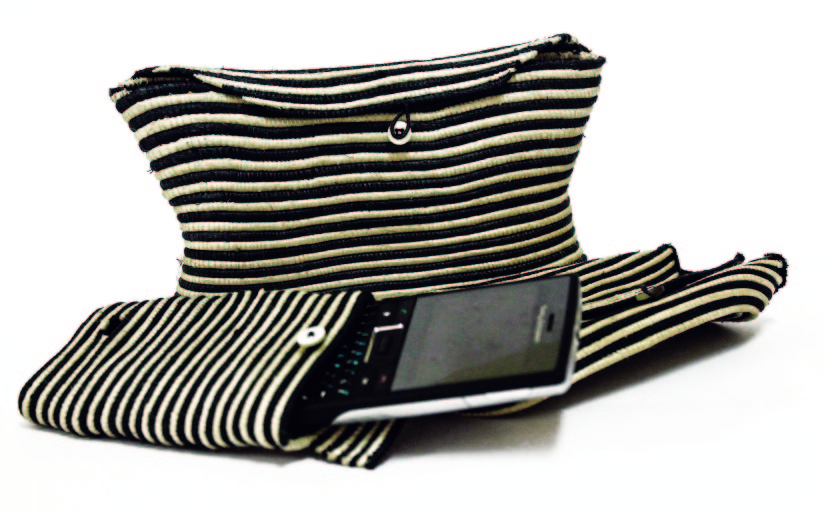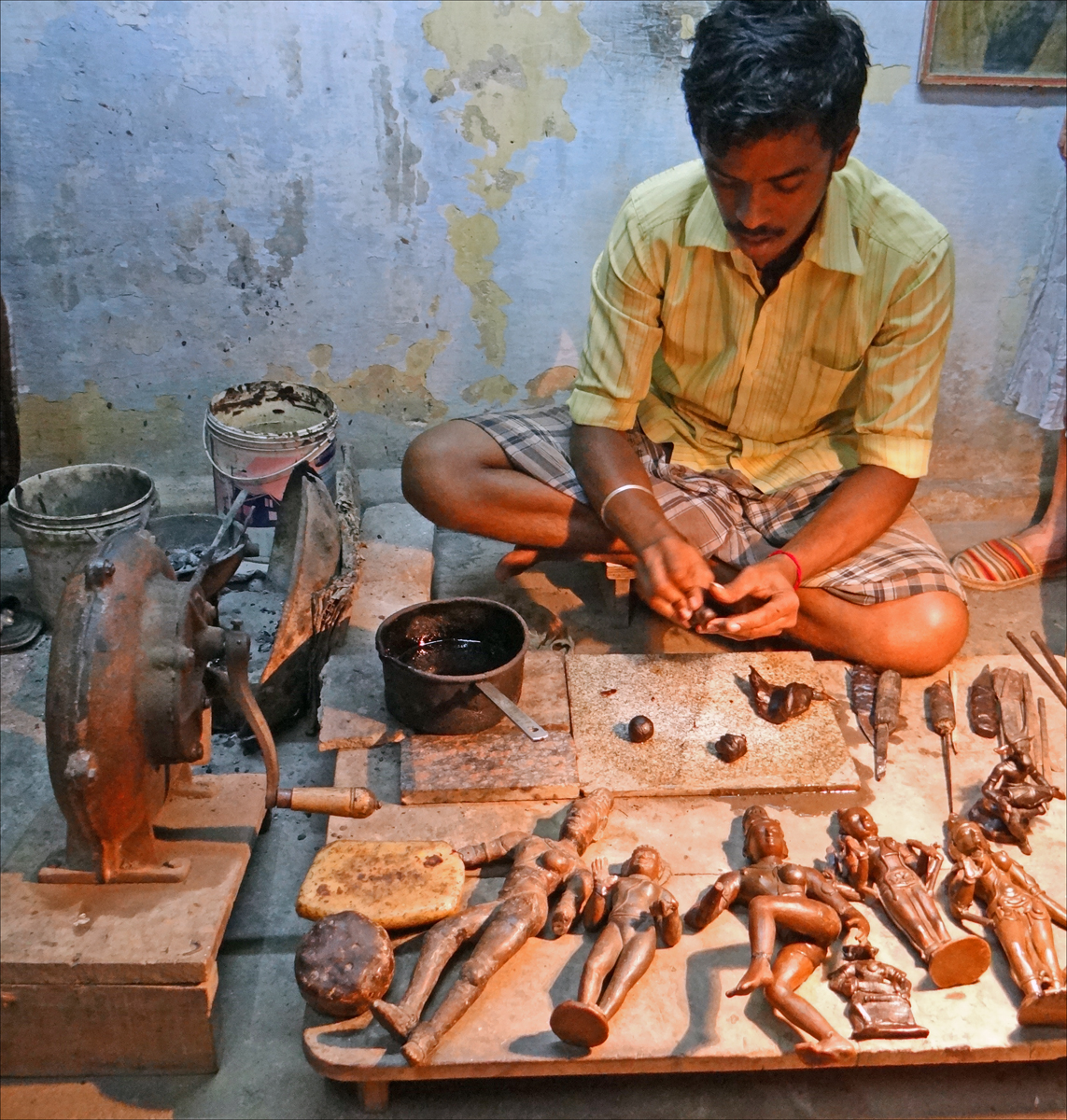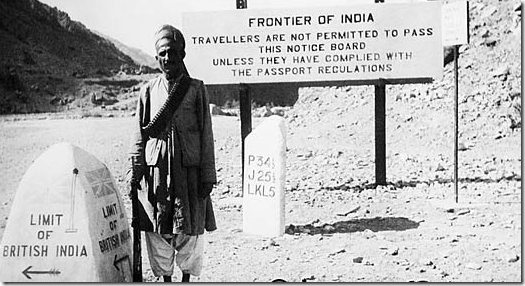Founder of Pipal Tree, Marty Hope reflects on the benefits of working with Indonesian craft. His experience in developing a new batik range of clothing has brought him renewed appreciation of the benefits of collaboration.
Category: Text
Crafted designs from Rwanda
A recent article by Jean Shange from the University of Rwanda documents a successful collaboration between design students and local ‘artists’.
Can our future be handmade?
Ashoke Chatterjee looks ahead to the Sustainable Development Goals that will be developed for 2015, with a hope it may address some of the urgent issues in the handcraft sector.
What is ‘sentimental capitalism’?
Many academics are critical of ethical consumerism. While they may seem high-minded in their views, the critiques sometimes have valuable lessons.
Batik design partnerships in Indonesia
As a craft, batik seems quintessentially Indonesian. After a dispute with Malaysia about its origin, UNESCO in 2009 officially recognised batik as part of Indonesia’s Intangible Cultural Heritage. To celebrate, President Yudhoyono declared 2 October to be batik day, and called on all Indonesians to wear their national costume with pride every Friday. This proved … Continue reading Batik design partnerships in Indonesia
Handloom crisis: A background note
The handloom sector is facing a new crisis, even more serious than issues of competition, marketing, technology, livelihood and quality of life that have inhibited Indian weavers for decades from access to the unlimited opportunities that are possible today. The latest crisis could eliminate India’s rich handloom advantage forever. The crisis became evident suddenly, ostensibly … Continue reading Handloom crisis: A background note
Survey: We want to know who we are
We conducted a quick survey of the Sangam Project network in the lead up to the Bangalore event. The responses we received were evenly distributed between Australia and India, designers and artisans. On the question of what information should be available to consumers, a large majority 80% said names of both artisans and designers should … Continue reading Survey: We want to know who we are
Bangalore–Going back to progress
The journey of the Sangam Project has covered the eastern seaboard of Australia and three cities of India. After Delhi and Ahmedabad, the journey concludes down south, in Bangalore. Bangalore is world famous as India’s global city. The computing giant Infosys helped build the city’s reputation as a centre for digital technologies. Alongside this has … Continue reading Bangalore–Going back to progress
‘Indian Art – Its Neglect’ ;by Mahatma Gandhi
Gandhi’s words from nearly 100 years ago. What has changed? Unlimited production, the competition for increase in quantity and the unceasing search for markets form even now the most prominent and characteristic features of national programmes. They are, no doubt, framed by those who have been unable to rid themselves of the mesmerism due to … Continue reading ‘Indian Art – Its Neglect’ ;by Mahatma Gandhi
Fashionable Early Modern Adaptation of Indian Embroideries and its Contemporary Significance
Questions arise followed by a gasp of astonishment when one confronts a gigantic wall-hanging comprising European design minutely embroidered in Indian chain stitch so as to simulate printed design. This encounter with a late seventeenth century piece of textile craft at the Calico museum is what led me to investigate European adaptation of traditional Indian … Continue reading Fashionable Early Modern Adaptation of Indian Embroideries and its Contemporary Significance
Artist Statement: Archana Kumari
Archana Kumari is a folk artist from Bihar. At a young age her talent was recognised by visitors from the Asia Society and she received the extraordinary opportunity to travel to New York. Now having learnt English and acquired confidence she works as an independent artist in Delhi, commissioning extra work from women in her … Continue reading Artist Statement: Archana Kumari
An ethical architecture for creative exchange
The question for Sangam 3: How can the user be creatively engaged to sustain ethical partnerships? Creative products involve a supply chain that connects a wide variety of functions, including production, design, retail and consumption. Each link has a potentially creative contribution to make. The designer/artist develops a concept and gathers capital necessary for its … Continue reading An ethical architecture for creative exchange











